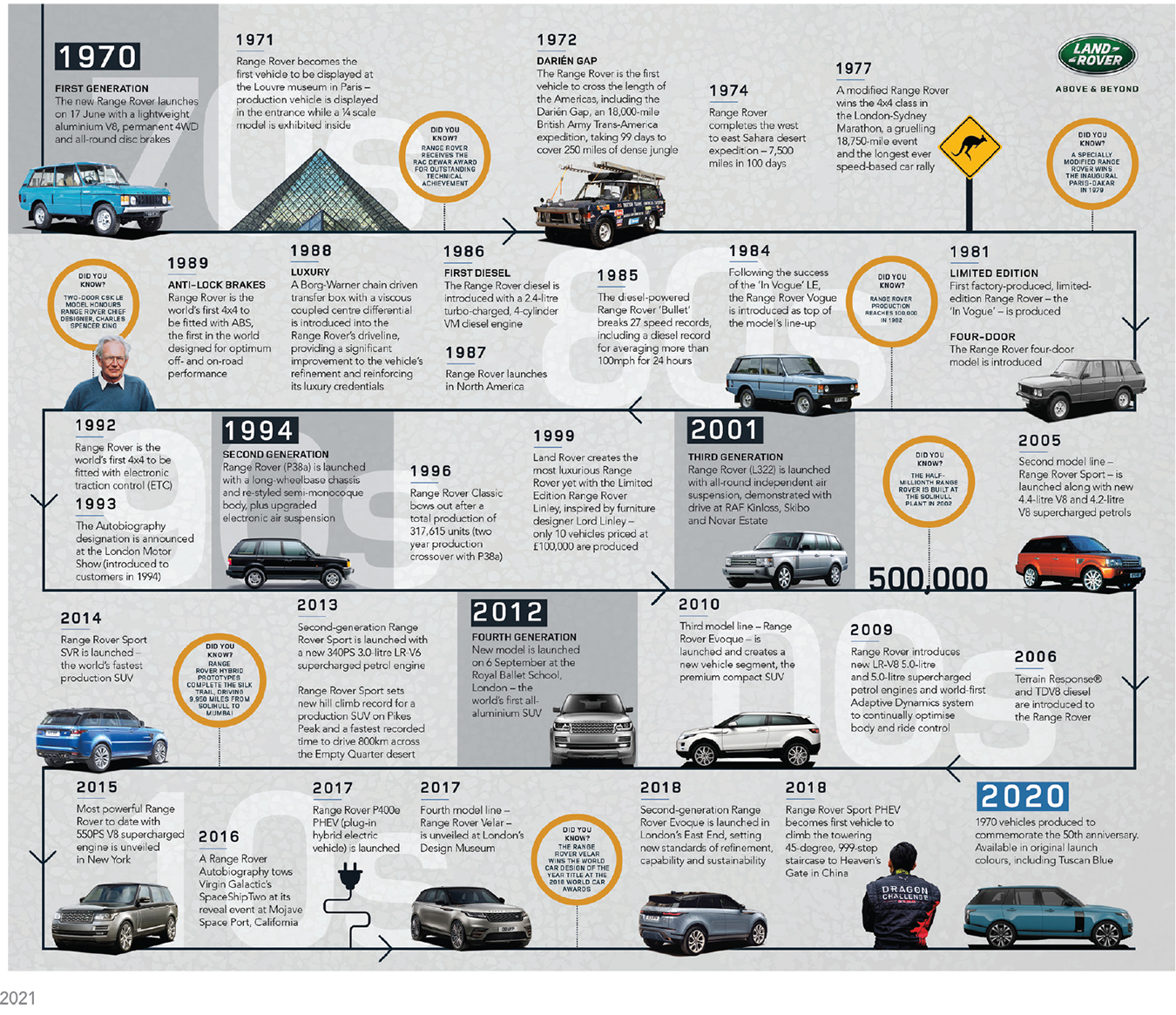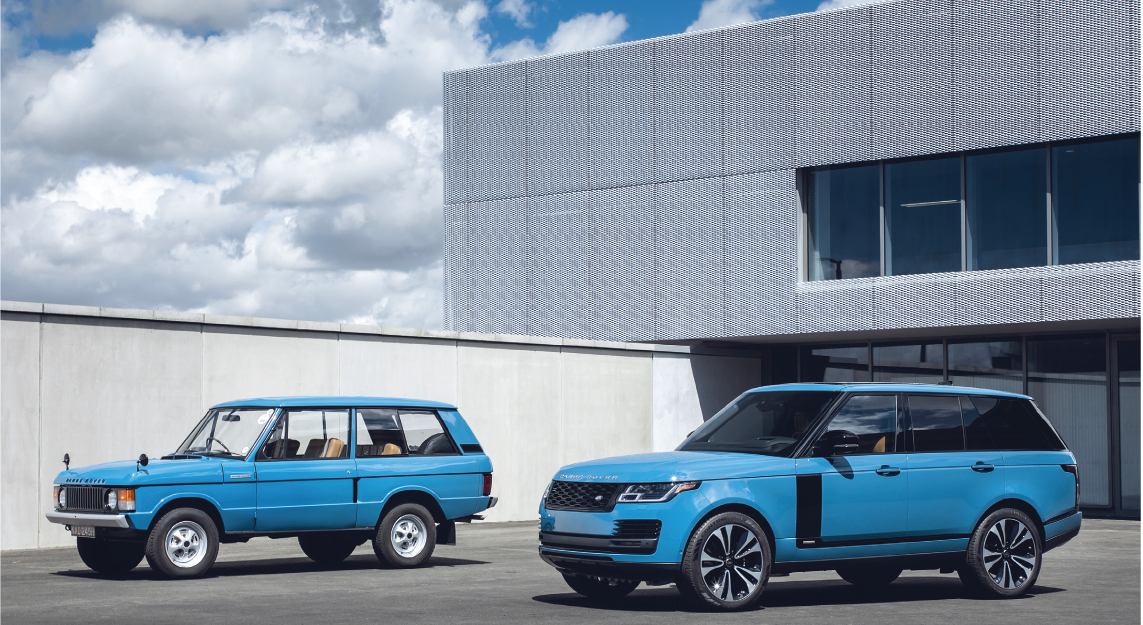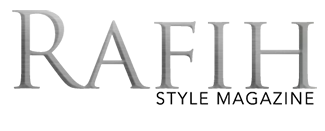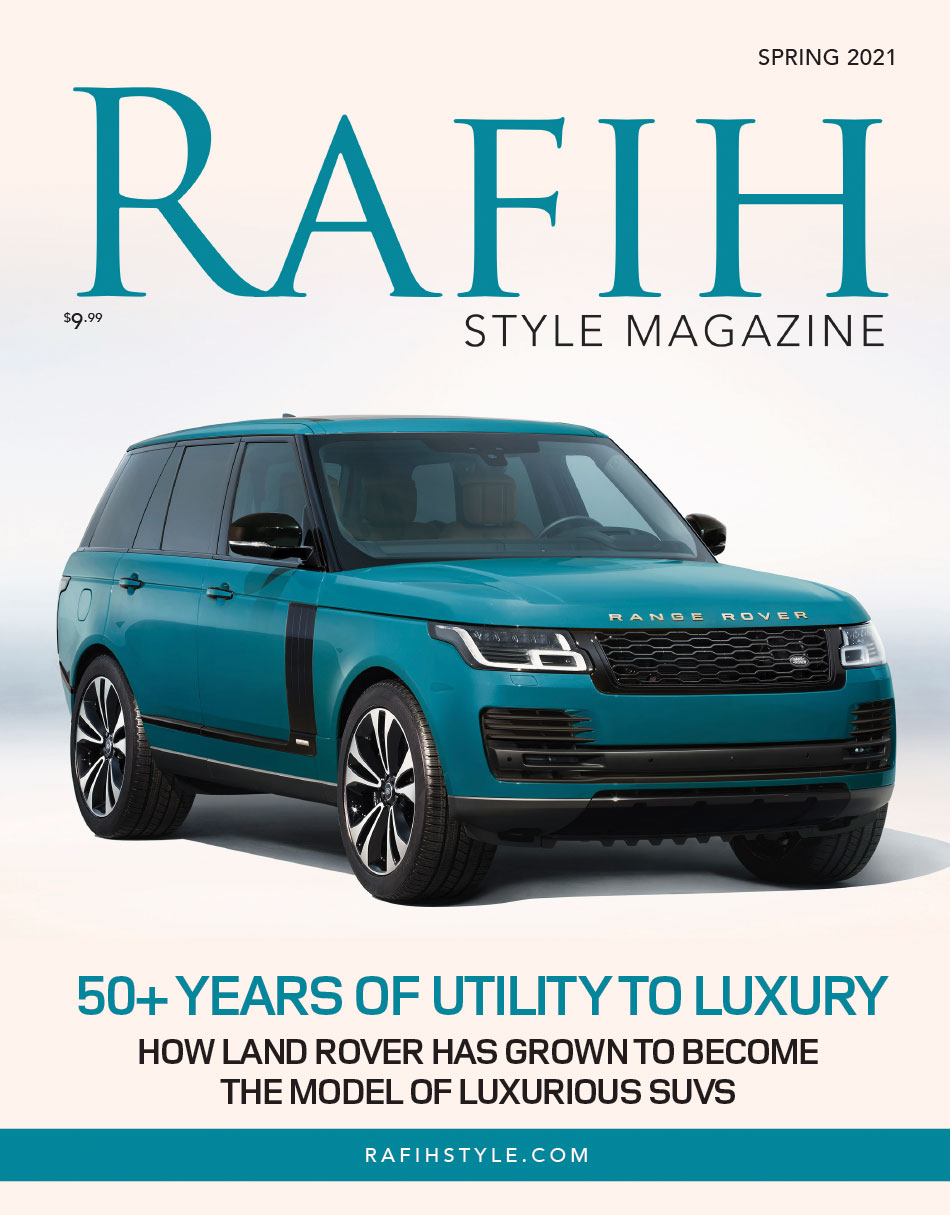
50+ YEARS OF
HOW LAND ROVER HAS GROWN TO
BECOME THE MODEL OF LUXURIOUS SUVS
Over the past 50 years, the Land Rover brand has grown from what began as a utility vehicle to a luxury SUV manufacturer. From the original Land Rover Series l to their Range Rover family and beyond, Land Rover’s authentic 4x4s have represented the true “breadth of capability” across the model range.
Although the iconic Range Rover is what Land Rover is known for, it’s not where Land Rover began. In 1948, after WWll, the Rover Company realized that the demand for luxury vehicles just wasn’t there anymore. Instead, they designed the very first “Land Rover,” an off-road vehicle that was essentially built as the British version of the Jeep. As ‘Land Rover’ became established as a brand, it later became known as the “Land Rover Series I.” Then, ten years later, the Series ll made its debut. This model kept the Series I exterior design and boxy profile but added a pronounced shoulder line and offered door cards and side mirrors.
In 1967, the Rover Company became part of British Leyland (formally known as Leyland Motors). The Land Rover Series III launched in 1971. This model defined the SUV’s front-end shape for the next three decades when, in 1979, a V-8 powered model was introduced. Due to the engine’s larger dimensions, the grille was pushed forward and flush with the front fenders. Just before that, in 1978, Land Rover Limited officially formed as a separate subsidiary of British Leyland.
The first Range Rover debuted on June 17, 1970. The prototype for this vehicle was kept so secret that the designers and engineers gave the prototype a topsecret name: Velar, meaning to veil or cover in Italian. The Range Rover was met with widespread critical acclaim. In fact, it was displayed in the Louvre Museum in Paris because it was considered a masterpiece of industrial design. It was the first SUV to deliver permanent 4‑wheel drive. The Range Rover was first released as a two-door vehicle. Then in 1981, Land Rover introduced the four-door option, and the diesel model arrived in 1986.
In 1983, the Land Rover One-Ten and Ninety (later changed to the 110 and 90) were introduced. These models carried over the same design as the Series III; however, they utilized the coil-spring suspension from the Range Rover. They also offered a more comfortable interior and a modernized engine lineup. These models were later renamed the Defender in 1990, which sold in North America during the mid-90s. It remained largely unchanged from the 90 and 110 aside from updated powertrains until the special edition models in 2007 received an interior redesign. The last Defender was produced in 2016 until, in 2020, the world saw the return of the Land Rover Defender (L663) with a total
redesign.

Next was the Discovery, introduced in 1989. As the Ranger Rover began evolving into a luxury vehicle, its price went up. Thus, the Discovery was intended to fulfill the role of the affordable utility vehicle as well as a family car. It was longer and taller, offered more room, and had the option of up to seven seats. Over the years, however, the Discovery has moved up through its generations to find its place amongst the luxury SUVs. In 2014, the Land Rover Discovery Sport was introduced as a compact luxury crossover SUV. Powered by a range of four-cylinder petrol and diesel engines and customized for off-road applications, it was the first Discovery model introduced with a unibody structure. The Discovery Sport succeeded the Land Rover Freelander that saw its run from 1997 to 2015. The Freelander was the Land Rover’s first model to use monocoque (unibody) structures.
In 1994, the second generation Range Rover arrived. This model displayed an even more luxurious interior without compromising its on-road and off-road capabilities. It featured enhanced height-adjustable suspension as well as a 2.5-litre diesel and 3.9 and 4.6-litre versions of the V8 petrol for greater performance. Then in 2001, the third generation saw several improvements and engineering innovations, including a stiffer monocoque body and fully independent suspension with interconnected air springs.
In 2000, BMW sold Land Rover to the Ford Motor Company, and in 2008 Land Rover was sold to Tata Motors. During that time, Land Rover began adding to its Range Rover family with the introduction of the Ranger Rover Sport in 2005. This model included a supercharged 4.2-litre gas engine for rapid performance and crosslinked air suspension for optional ride height. It’s second generation was introduced in 2013. We met the Range Rover Evoque, named “car of the year” by several media outlets, in 2011. Land Rover designed this model for drivers who rarely go off-roading. The second generation Evoque premiered in 2018.

In 2012, the fourth-generation Range Rover debuted with an all-aluminum monocoque unitary body structure, a first in the world for SUVs, resulting in a lighter, stronger and more efficient vehicle than the Series III. The most recent series to join the Range Rover family was the Range Rover Velar in 2017. It featured smoother body lines with an emphasis on sportiness and on-road ability. The interior design, however, was the most noticeable feature, influenced by that of the I-Pace of 2018 and its three touchscreens. It also
had the lowest seating position of all Land Rovers.
Last year, Land Rover launched the 2021 Range Rover Fifty to celebrate the 50th anniversary of the world’s most desirable family of SUVs. They only produced 1,970 copies of this ultra-limited edition of their flagship SUV globally to recognize the 1970 birth year of the original model. Among its unique features were two 22-inch wheels and a “Fifty” script badge on the exterior and throughout the vehicle’s interior. The colour options included three heritage colours, including Tuscan blue.
Throughout its 50 year lifespan, the Range Rover has achieved many world firsts and impressive feats. In addition to the firsts already mentioned, it was the world’s first 4×4 fit with ABS anti-lock brakes (1989) and electronic traction control and automatic electronic air suspension (1992). It crossed the notoriously impassable “Darién Gap” and won the Paris-Dakar rally twice. Additionally, a diesel-powered Range Rover called “Bullet” broke 27 speed records during the 1980s. With over a million sold throughout its lifetime, the Range Rover is the ultimate expression of luxury.
In a recent press release Land Rover celebrated the milestone stating “Its unmistakable, sophisticated design and class-leading all-terrain capability have ensured the Range Rover is as peerless and relevant today as it was
in 1970.”
Over the years, Land Rover’s Range Rover, Discovery, Defender, Range Rover Sport, Range Rover Evoque, Range Rover Velar and Discovery Sport have evolved to become a family of desirable and capable vehicles, each defining the world’s SUV sectors in both utility and luxury. To learn more about these models, visit Land Rover of Windsor today. 9275 Tecumseh Rd. E, Windsor, or landroverwindsor.com

